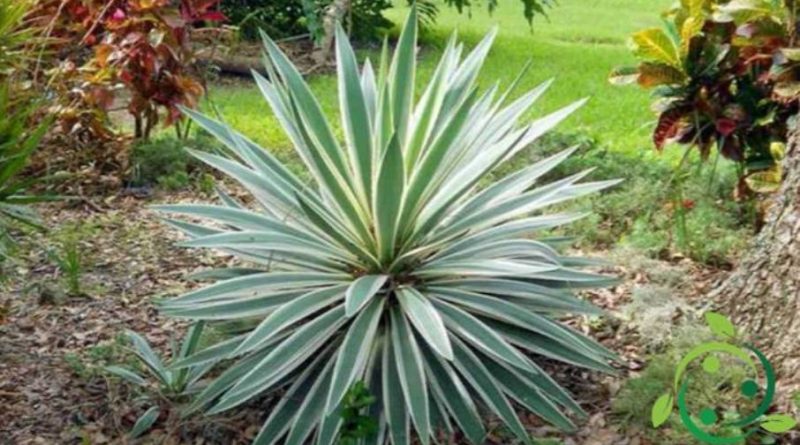How to grow the Yucca
How to grow the Yucca
The Yucca is a genus of plants of the Agavaceae family with origins in the regions with a dry tropical climate, such as Mexico, California and the Caribbean.
The genus Yucca belong to over 30 species of trees and shrubs that in nature can reach even 15-20 m in height but which in domestic environments hardly exceed 2 m.
These plants are characterized by having a sturdy, cylindrical stem, often with an arboreal, not very branched, bearing thick tufts of linear leaves, persistent, hard and generally thorny at the apex; the flowers are generally small, rarely large, of white or cream color, they are pendulous and usually united in large terminal panicles.
In this sheet we will see how to cultivate the Yucca and the most useful practical devices.
Among all the cultivated species of Yucca, the one most traded today as an ornamental plant is the Yucca gloriosa; this plant is characterized by a summer bloom with the emission of white-white flowers, campanulate and gathered in a high spike, which easily exceeds 2-3 m even when grown in the apartment. Other species include the Y. australis, which has an arboreal habit and the Y. elephantipes, which also lends itself to cultivation in pots.
The Yucca is a plant that can be grown in Italy even in the open ground but, in this case, it must be in a temperate climate, especially in the coastal areas, or in areas sheltered from freezing even in the north. In the south and above all in the coastal areas of Sicily it finds excellent climatic conditions for living and developing. It also requires sunny exposure, dry soils, possibly loose and without water stagnation.
The temperature ranges they support are very wide: in summer 25 ° C as long as we have fresh air and in winter up to 10 ° C. In the summer it takes advantage of nebulisations in the foliage that create a cool environment, provided they are done early in the morning, before the sun arrives directly.
If the Yucca is to be cultivated in pots then you have to choose warm and bright environments, with liquid fertilizations but not frequent, controlled watering in summer and spaced in winter. Here too the soil to be prepared must be a mixture of sand and peat with proportions of 60 and 40% and medium-large vessels. The repotting must be carried out at least every three years in the spring period before the vegetative restart.
The Yucca is multiplied by cuttings of segments of trunk, with division of the basal suckers, or more difficult, especially in areas with a temperate climate, with sowing in pots or boxes and subsequent transplanting to dwell.
As for pruning, let’s say that usually the Yucca can not be pruned. The leaves that desiccate are simply eliminated to prevent them from becoming a vehicle for parasitic diseases. You must also take care that the tool you use for cutting is clean and disinfected (preferably flame) to avoid infecting tissues.
The most frequent diseases are due to cochineals and molds that occur especially if the plant has been grown in a light and airy environment.

